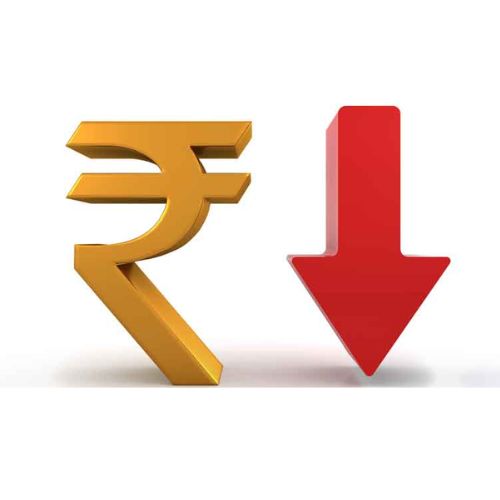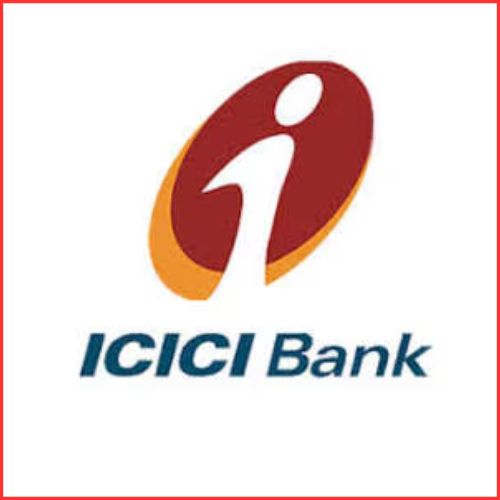As rising borrowing costs put pressure on companies who are heavily indebted with floating-rate debt, the $1.4 trillion hazardous corporate loan market in America has been rocked by the largest wave of downgrades since the height of the Covid crisis in 2020.
According to a JPMorgan review of the quarter ending in June, there were 120 downgrades of US junk loans totaling $136 billion, the biggest number in three years.
In general, leveraged loans include floating coupons that fluctuate in line with market interest rates and are issued by deeply indebted enterprises with subprime credit ratings. Aspen Dental Management, MedData, and the investment software company Confluence Technologies are a few of the US corporations that have recently had their ratings cut.
Following the market’s recent, exponential rise, trash loans’ credit quality is deteriorating. When interest rates were extremely low during the epidemic, businesses and private equity investors piled up this form of debt.
The market for risky borrowers increasingly relied on the asset class, which grew larger than the high-yield bond market’s more established counterpart.
However, since the Federal Reserve started hiking rates in March 2022, the corporations must now confront the difficult burden of repaying loans in a situation with considerably higher interest rates.
Steve Purdy, head of credit analysis at asset manager TCW, asserted that once rates change, “there is an immediate impact on their entire capital structure, their entire debt liability stack.”
When a company’s credit rating is downgraded, it must pay more to issue new debt because lenders demand a greater premium to account for a larger default risk. Additionally, they might make some of the riskiest loans unattractive to the market’s largest purchasers—vehicles known as collateralized loan obligations.
CLOs collect loans, categorise them according to risk, and then sell them in tranches to investors. “Triple-A” is the name of the top rung, and “equity” is the name of the bottom rung.
A safety feature in the CLO structure may trigger if too many companies go from triple-A to triple-C, potentially cutting off cash flows to the lowest “equity” rung of investors and shifting funds to investors farther up the food chain.
With a common restriction of 7.5% on the amount of triple-C debt they can hold, CLOs have defences built in to mitigate risk in their portfolios.
Concerns about triple-C buckets filling to capacity might prevent riskier businesses from obtaining vital finance, potentially forcing them to seek out more expensive sources of financing or driving them straight into default.
Kevin Wolfson, a leveraged loan manager at PineBridge Investments, says CLO investors are closely monitoring their exposure to loans with ratings just above triple-C in case they are downgraded. According to him, “I definitely think that has an impact on the demand for those credits.”
Many CLOs are also nearing the end of their so-called “reinvestment periods,” during which they can invest in fresh debt, which could lower demand for loans more generally.
In contrast to the mounting pressures on the loan market, high-yield bonds are relatively tranquil since their set coupons provide businesses more time to adapt to the climate of rising rates. Analysts said that more issuers were moving up the ranks to investment-grade bonds and the junk bond market was getting smaller, which was supporting prices.
Their default rates reflect the disparity in credit quality between bonds and loans.














